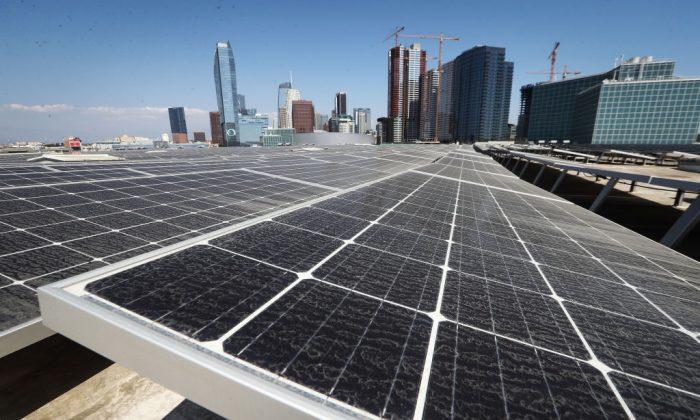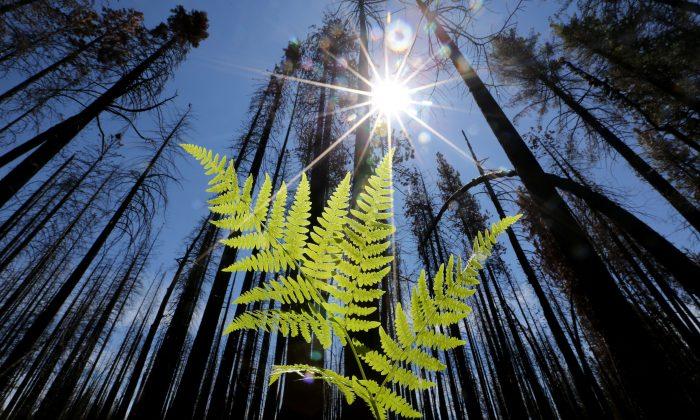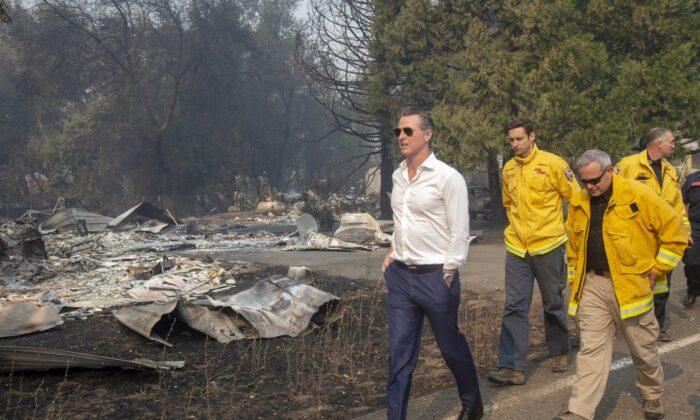U.S. Energy Secretary Dan Brouillette recently criticized the State of California’s rush toward 100 percent renewable energy, and outlined a simple plan for ensuring a reliable electricity supply for Californian consumers.
California has been plagued by blackouts since mid-August, with the California Independent System Operator (CAISO) and Gov. Gavin Newsom repeatedly urging citizens to conserve power by pre-cooling their homes and switching off major appliances in the afternoons.
Mandating 100 Percent Renewable Energy
According to the California Energy Commission, state Senate Bill (SB) 100 from 2018 requires that zero-carbon resources should supply 100 percent of the state’s electricity by 2045.Brouillette says there are “obvious and practical problems” with this goal, including that solar and wind power are intermittent. Furthermore, he writes, renewable projects such as wind farms are not always welcome due to their effect on animal habitats and their changing of entire landscapes.

Battery storage is currently incapable of bridging energy gaps when renewable sources go offline, and cannot store power across seasons. Even the 9,000 MW of battery storage the state has planned to install by 2030 would not have been enough to have averted the recent blackouts, Brouillette says.
A Simple Plan
“Fortunately, there exists a plan for 24/7 reliable energy for California,” Brouillette writes. According to this plan, natural gas and nuclear power would continue to provide reliable base-load and peak-time electricity to the Californian grid, while integrating renewable energy sources such as hydro, wind, and solar.“Diablo Canyon nuclear power plant, which provides 9 percent of the state’s electricity, is slated for premature closure, taking a huge amount of reliable power off the grid,” Brouillette writes. “The plant still has years of useful life, and the state must find a way to keep it online if California leaders want to retain this source of clean, reliable electricity.”
With a concentration on such technologies, according to the Energy Secretary, the United States can continue to lead the world in reducing carbon emissions—and do it faster than all of the signatory nations of the Paris Climate Agreement.
“Californians deserve better than to suffer through rolling blackouts and reduced energy access,” Brouillette wrote. “The state should use America’s abundant energy resources and energy innovations to usher in a future of secure, reliable, and clean energy.”





